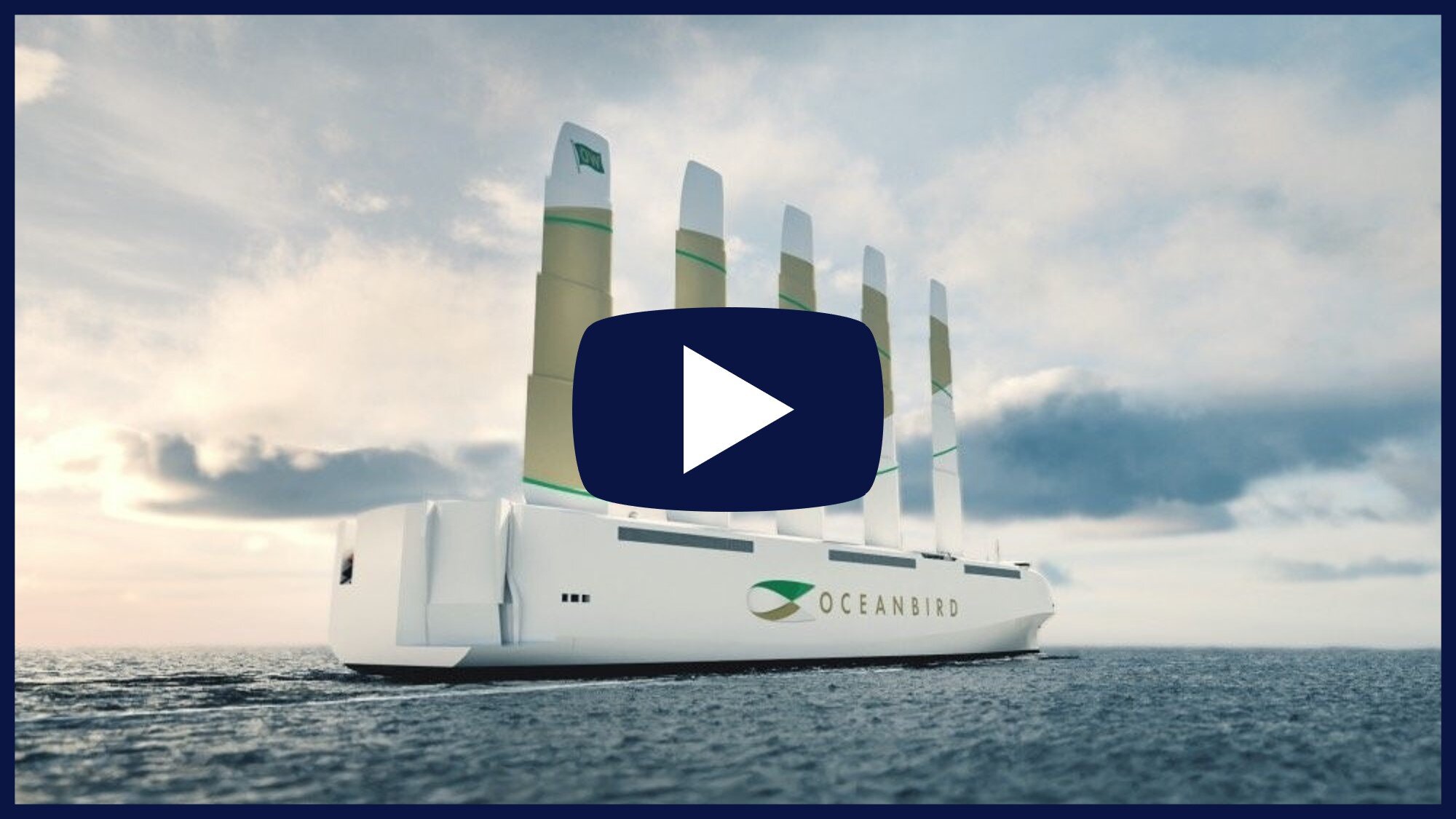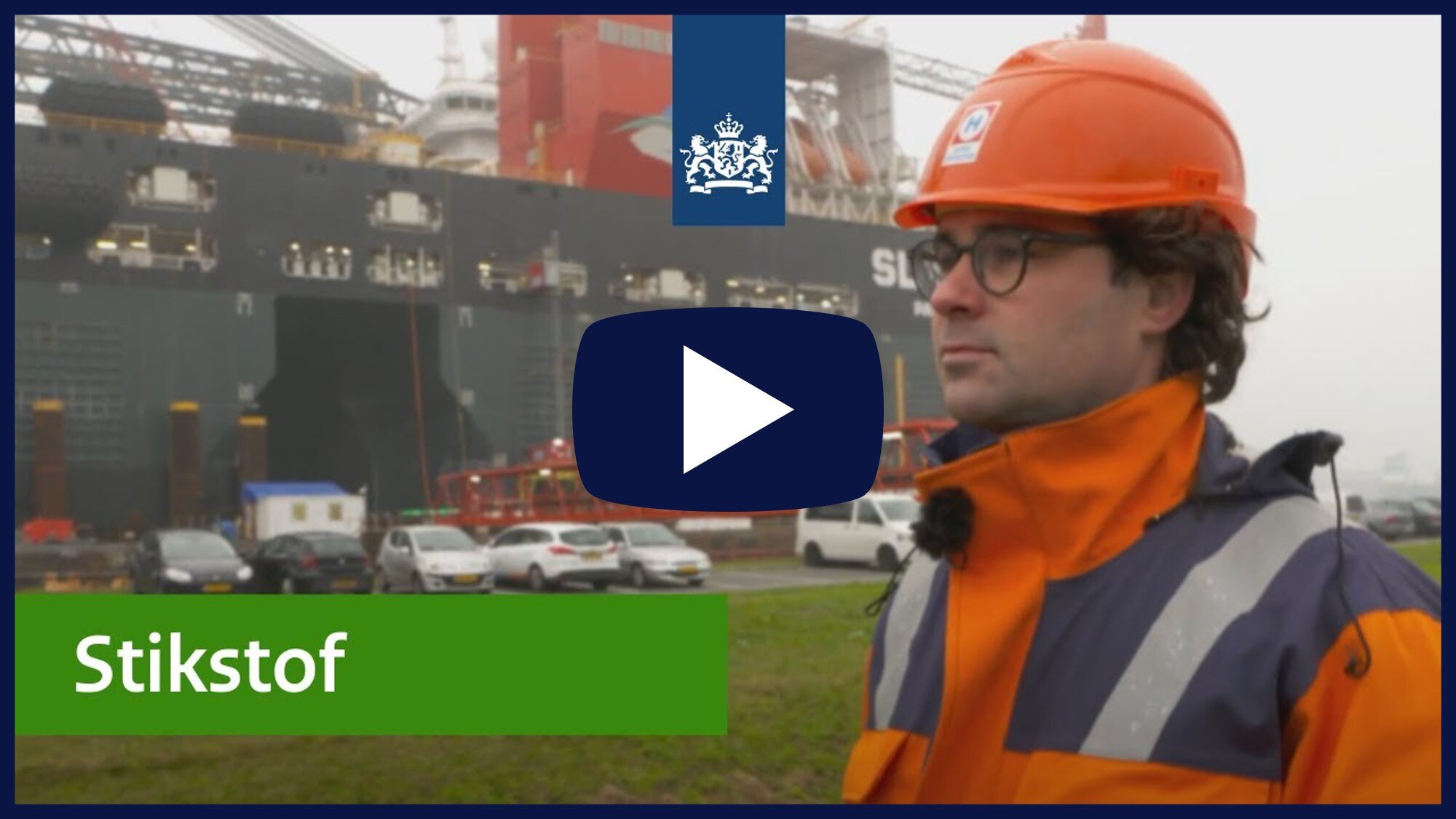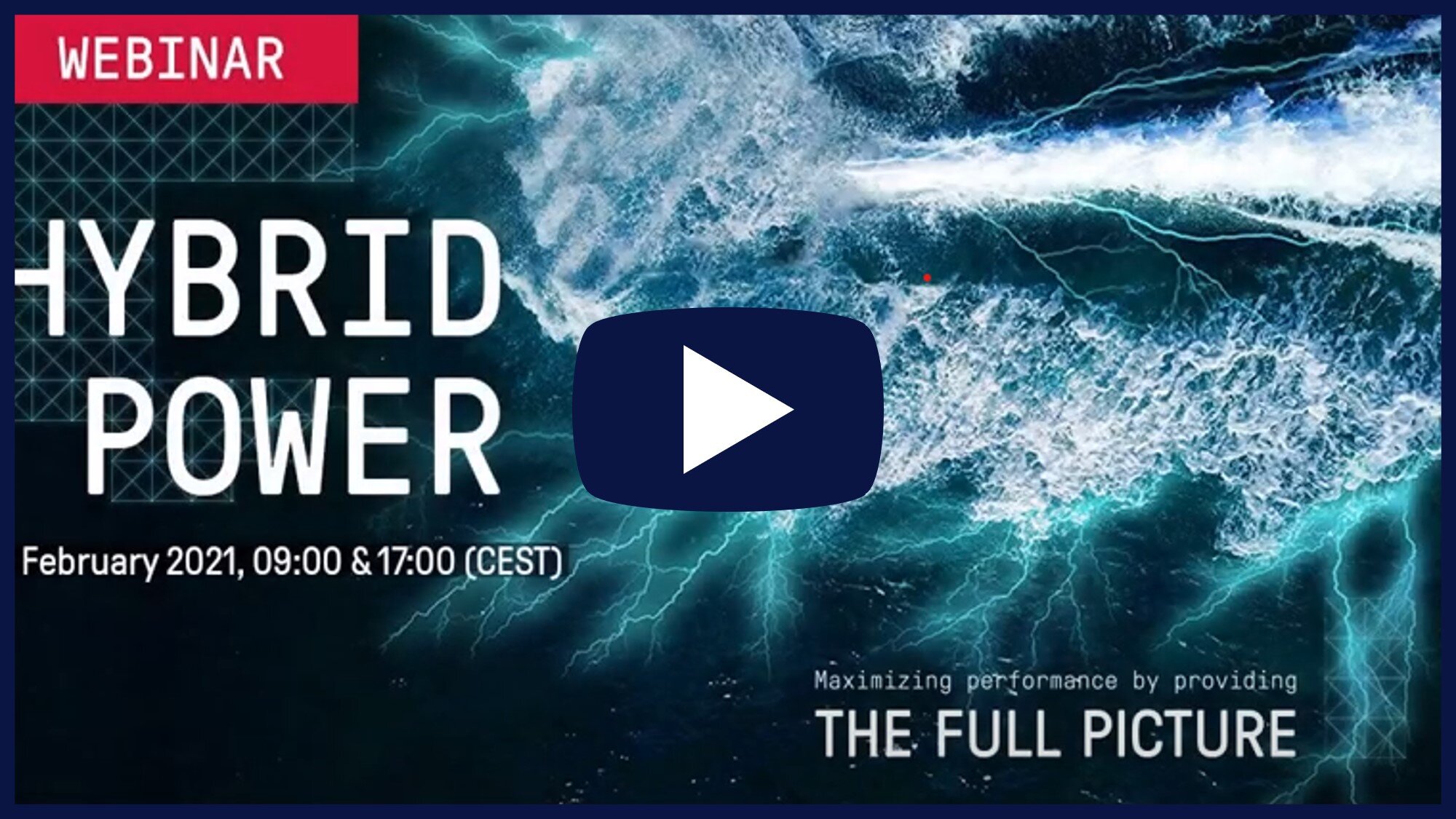Stories
Inspiring examples on maritime sustainability for shipowners and technology suppliers
Introducing Oceanbird – the wind powered cargo vessel
Pioneering an innovative wind-powered propulsion technology, Wallenius Marine is launching Oceanbird as a next-generation, sustainable transport vessel. Here’s Carl-Johan Söder Naval Architect & Project Manager for Oceanbird with perspective on how Oceanbird promises to smash the International Maritime Organisation’s climate emission targets.
Which will be the First Hydrogen-Powered Inland Vessel in Rotterdam?
A curious coincidence In Rotterdam. Two vessels - the ‘MS Antonie’ and ‘the Maas’ claim to become ‘the first hydrogen inland vessel’ in Rotterdam. We have translated their claims from two Dutch news outlets and made a comparison which might help you on your hydrogen journey. The race is on for the first hydrogen-powered inland vessel in Rotterdam!
Methanol Hybrid Offshore Working Vessels
This thesis by J.M. Rozendaal at van Oord focuses on the technical, environmental and economic impact of a methanol hybrid power plant design for new-build offshore working vessels. Its conclusion is that a methanol solution has a CO2 reduction potential up to 99% and a CO2 price of 78 euro per ton CO2 reduction.
Wärtsilä 54 MW Power Barge
In 2020, Wärtsilä was awared a combined contract by Therma Marine Inc. (TMI) for a barge-mounted 54 MW / 32 MWh energy storage system. The power barge consists of ten Wärtsilä GridSolv Max systems, supported by the the GEMS energy management platform. Total costs of this power barge are estimated at €16M for the battery packs plus €8.1M for the power equipment excluding engineering and installation.
Hedzer Keulen over stikstofreductie door walstroom
In deze videoreportage vertelt Hedzer Keulen van Heerema Marine Contractors hoe zij met walstroom de stikstofuitstoot te verlagen en CO2-neutraal willen zijn.
Battery Recycling, made by Northvolt
Northvolt has partnered with Hydro to establish a first-of-its-kind battery recycling facility. The recycling plant will come online in 2021 in Fredrikstad, outside of Oslo. At commissioning, the Hydro Volt plant will have initial capacity to process more than 8,000 tonnes of batteries per year – roughly the equivalent of 23,000 moderately sized EV batteries. Northvolt is aiming for 50% recycled material in new cells by 2030.
Will Renewables end up as landfill?
Solar and Wind energy are growing at a truly astonishing pace on every continent. But in the race for global supremacy in the power generation sector have we neglected to consider how we will deal with millions of panels and turbines when they come to the end of their useful lives? Are we storing up yet another environmental problem?
EV Battery Prices Plunge 89% in Ten Years
The price of a lithium-ion battery pack used to power an electric vehicle has plunged 89% in the last decade, from $1,100 per kWh to $137 per kWh. Marine batteries still cost significantly more, ranging between $800-$1,000 per kWh for retrofits to $500 per kWh for newbuilds. DNV expects the cost of batteries to be reduced by 56% by 2025.
Webinar - Kongsberg Hybrid Solutions
A webinar on hybrid propulsion systems for offshore giving an introduction to a selection of our hybrid battery solutions and the advantages they offer.
Equinor moves ahead with CCS
Following a historic vote in parliament on December 15th 2020, the Norwegian Government announced its funding decision for the ‘Northern Lights’ CO2 transport and storage project. The project aims to create a carbon capture and storage hub in Norway, open to third parties. It will be the first ever cross-border, open-source CO2 transport and storage infrastructure network and offers European industrial emitters the opportunity to store their CO2 safely and permanently underground.
Equinor Flirts with Floating Solar
Equinor will explore opportunities within the realm of floating solar power. Together with Moss Maritime the company wants to start testing near the island of Frøya in the late summer of 2021. The plant will measure 6400 m2 and rise 3 meters above sea level and appears to be made of interlinked rigid structures.
The Big Friendly Hybrid Giant
The North Sea Giant, a Norwegian offshore construction vessel, is the first DNV class-approved ‘hybrid’ DP3 vessel with three batteries on-board that have a total capacity of 2.034 kWh. The batteries have been installed in an upgrade and serve the purpose of spinning reserve, peak shaving and load leveling. Since then, fuel consumption is reduced in all operational modes with over 2 million liters of diesel per year, saving up to 30% fuel.
BP and Ørsted launch green hydrogen project at German oil refinery
BP and Ørsted have partnered to develop a zero-carbon hydrogen at BP’s Lingen Refinery in north-west Germany, BP's first full-scale project in a sector that is expected to grow rapidly. The 50 MW electrolyser project is expected to produce 1 ton of hydrogen per hour - almost 9,000 tonnes a year - starting in 2024. The project could be expanded to up to 500 MW at a later stage to replace all of Lingen’s fossil fuel-based hydrogen.
Why Microsoft left dozens of servers on the ocean floor for two years
Microsoft wrapped up Phase 2 of Project Natick, its plan to test the viability of underwater data centers. In the two year the subsea servers were submerged, they have found some amazing upsides. They have higher reliability and uptime, plus act as natural oases for life underwater.
Shore Power by Heerema
This is a story about how the shore power connection for Heerema in the Port of Rotterdam was realized from idea to reality. It is told from the perspective of Heerema, but could not be realized without help from Eneco, Siemens, Port of Rotterdam, the City Council of Rotterdam and InnovationQuarter. This story portrays the power of open collaboration for a sustainable future, and shows what can be achieved when working together on a common cause.
Batteries that charge up to 80% in 15 Minutes
Volkswagen-backed QuantumScape is building a solid-state lithium metal battery for electric vehicles that it says should allow a car to charge to 80% of its full capacity in 15 minutes.
Hurtigruten’s New Hybrid Ships
Designed in 2017 and launched in 2018, Hurtigreten has launched two new hybrid cruise vessels, the MS Roald Amundsen and MS Fridjof Nansen, that can sail fully electric for up to 30 minutes. Not only will it significantly reduce emissions, a hybrid system is also extremely quit. Arctic exploration has never been so much fun!
What Is Green Hydrogen And Will It Power The Future?
Hydrogen is a clean-burning molecule, meaning that it can help to decarbonize a range of sectors that have proved hard to clean up in the past. But today, most hydrogen is produced from CO2-emitting fossil fuels. Hydrogen produced from renewable electricity, known as green hydrogen, could be the solution to cutting our carbon footprint. But first, it must overcome a number of challenges.
Floating Solar - Rough Sea Demonstration
Does floating solar work in high waves and storms? Yes. It most certainly does.
Why are Billions of Dollars Worth of Ships Being Intentionally Destroyed?
Why would profit-motivated companies destroy billions of dollars worth of productive assets? It’s all about economics!




















